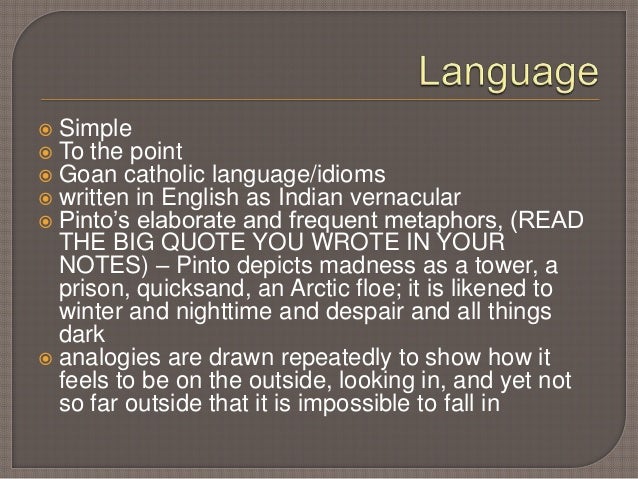

It is a remembrance of the long courtship between Imelda and Augustine, and a son's attempt to understand what two people he takes for granted (“if you would just get that familiarity thing out of your eyes.” his mother tells him) might have been like in a very distant time, the Mumbai of the 50s and 60s (when Imelda worked as a stenotypist in an engineering-goods company, one of the few options available to a girl from her community and background).

This gentle, m ulti-layered narrative is many other things. Anyone who has ever experienced the fading of a parent should feel a shudder of recognition w hen the narrator mulls living in a world that “ continues to be idyllic and inviting for you but your mother is being sucked into the centre of the earth The imperium of the world’s timetable will allow you to break step and fall out for a while, but it will abandon you too if you linger too long”. Read carefully and you might agree that it isn’t just about a “special” mother, it is about parents in a more general sense – parents as the looking glasses that we sometimes recoil from because in their aging faces and increasingly erratic behaviour we see our future selves – as well as a reminder that “normalcy” and “madness” are not airtight categories. That makes this sound like a very particular story about a very particular person, but Em and the Big Hoom is much more universal in its appeal. Then the world wakes up from time to time and blinks at you, eyes of fire. But it is different when you have a mad mother. It can be everything you choose it to be: a mad whirl, a mad idea, a mad March day, a mad heiress, a mad mad mad mad world, a mad passion, a mad dog. It can become a phrase - "Maddaw-what?" which began life as "Are you mad or what?". As the old Hindi film song has it, M-A-D, mad maane paagal. (“ We never knew when the weather would change dramatically with Em.”) The family rallies around her and each other the narrator describes their lives with a heartbreaking mix of tenderness and humour. Imelda has always been an energetic woman, but at some point after her children were born “someone turned on a tap” and a crippling depression set in - she has a few good days, but on the many bad ones even the trenches dug by the municipal corporation outside the house might seem like part of a threatening conspiracy. Their father Augustine – affectionate, dependable but taciturn – is “the Big Hoom”, and they all live together in a one-BHK flat in Mahim. Imelda Mendes is called “Em” by her two children, the unnamed narrator and his elder sister Susan. The easy way to describe Jerry Pinto’s autobiographical novel Em and the Big Hoom is to say that it is a son’s account of life with a mentally unstable mother.


 0 kommentar(er)
0 kommentar(er)
